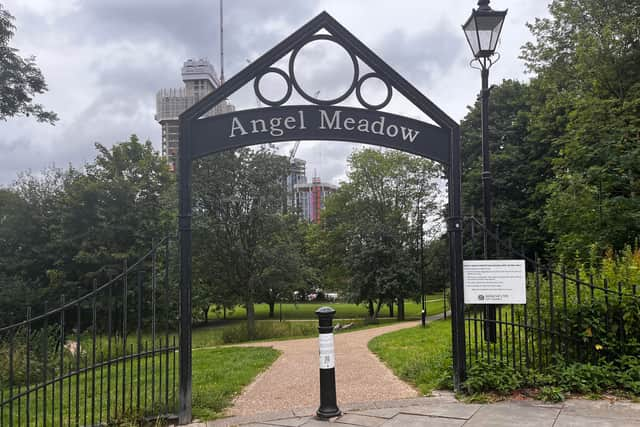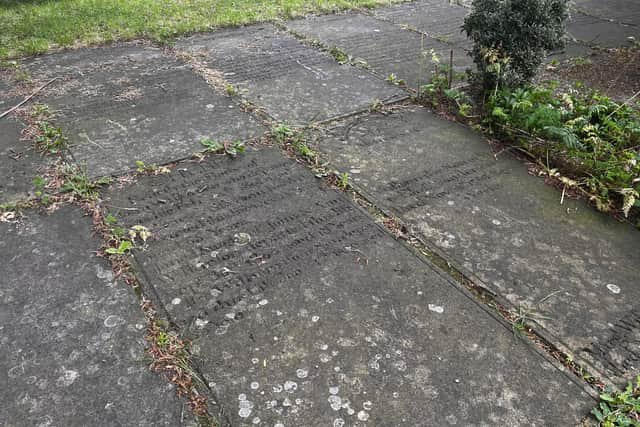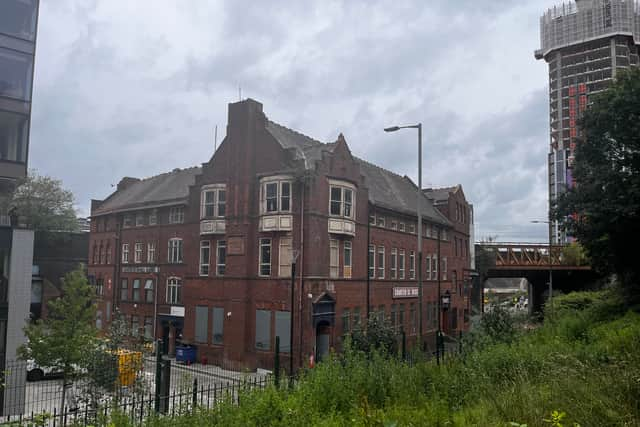Angel Meadows: The very dark history behind one of Manchester’s coolest neighbourhoods Ancoats
and live on Freeview channel 276
Angel Meadows today is a hive of activity. It’s right in the centre of the corporate Green Quarter and it’s only a short walk away from the bustling city centre.
But this rapidly growing neighbourhood has a very dark history. And as with most things in Manchester, it all starts with the Industrial Revolution.
Advertisement
Hide AdAdvertisement
Hide AdBy the end of the 18th century, Manchester had risen to prominence as the world’s first industrial city. It started with the opening of the Bridgewater Canal in 1761 and the first cotton mill in 1783, which was built by inventor and entrepreneur Richard Arkwright. In the years that followed, mills and warehouses cropped up all over Greater Manchester, with a particularly high concentration in Ancoats. At its peak in 1853, there were a staggering 108 mills in Manchester.


With the rise of industry came an influx of people, all looking for work in the city. And they all needed to be housed somewhere. The area within Rochdale Road, Miller Street and the River Irk, a space of about 33 acres, became home to around 30,000 people. Narrow streets, unsanitary conditions, disease and crime characterised the area. Even the local church, St Michael’s and All Angels Church, was deemed “one of the ugliest looking churches in Manchester” by the Manchester Guardian newspaper in 1888.
The living conditions and crime levels here also meant that the death rate was also high. Officials known as Overseers of the Poor of Manchester purchased land in Angel Meadows to be used as a cemetery, which became the largest pauper burial site in the city. It is estimated that around 40,000 people were buried here between 1788 and 1816. It closed for burials in 1834.


This squalor, poverty and depravity may not sound particularly inspirational, but it did inspire German industrialist and political thinker Friedrich Engels. Based on what he saw in Angel Meadows, he wrote Conditions of the Working Class in England in 1845. In it, he said: “Angel Meadow was in one of the most notoriously squalid districts; there is a certain black irony to its name.” Together with Marx, who he met in Manchester, he then went on to write the Communist Manifesto, one of the most important political texts of modern history.


Advertisement
Hide AdAdvertisement
Hide AdThe Angel Meadows that Engels knew and the Angels Meadows of today are completely different. Ancoats is no longer a slum. Instead, it’s the most sought-after neighbourhood in Manchester. The old gravesite and church are now a small inner-city park, which sits in the shadows of the distinctive NOMA building in the Green Quarter. And the regeneration process in Angel Meadows is far from over – as you can see by the number of construction sites that surround the park.
If you look hard enough, though, remnants of the area’s history remain. There’s the The Charter Street Ragged School and Working Girls Home, which is still standing next to the arches, the Tobacco Factory, which is now an apartment block. Even the gravestones from the former church site have been repurposed and you can find them paving the Angel Meadows park.
